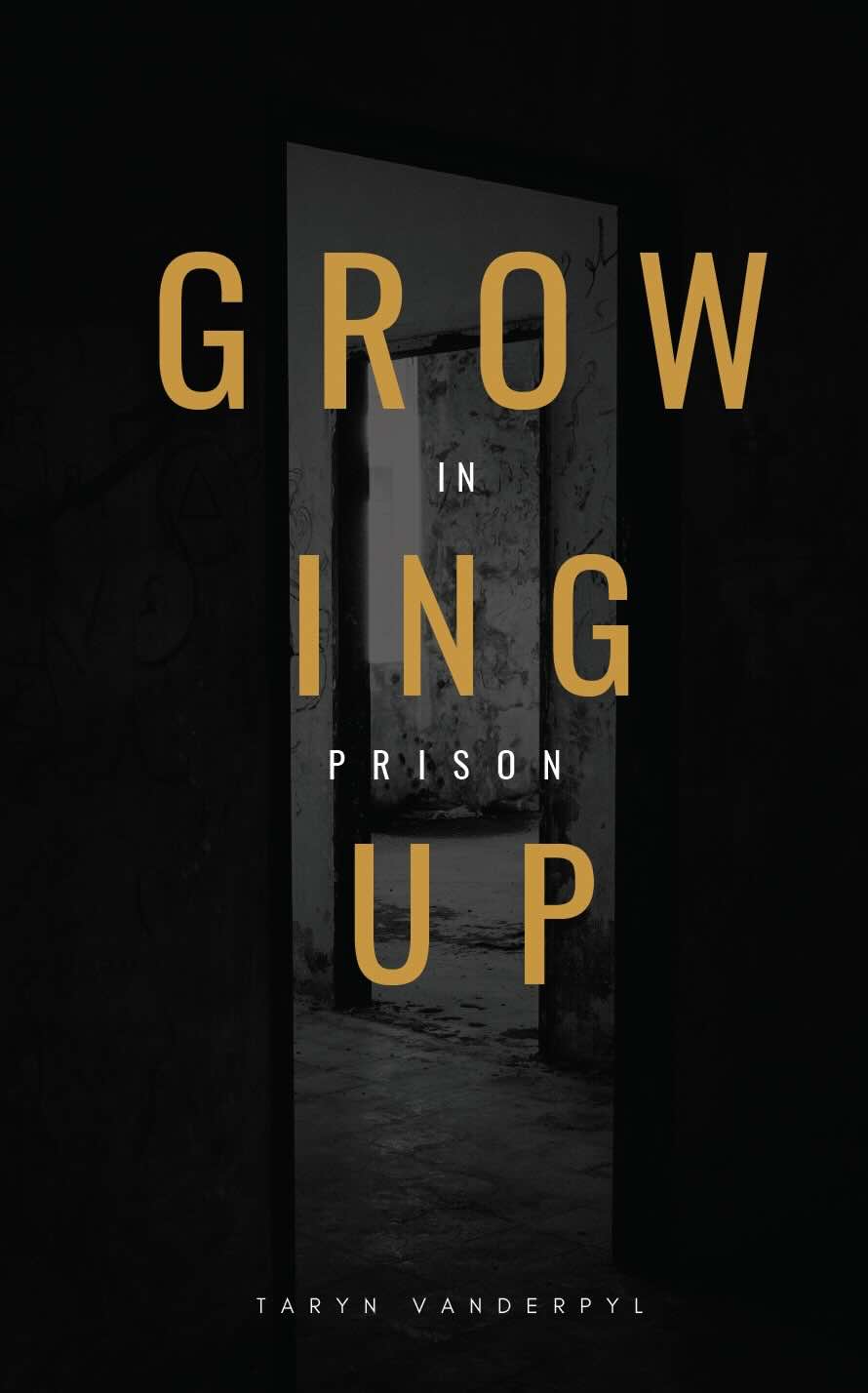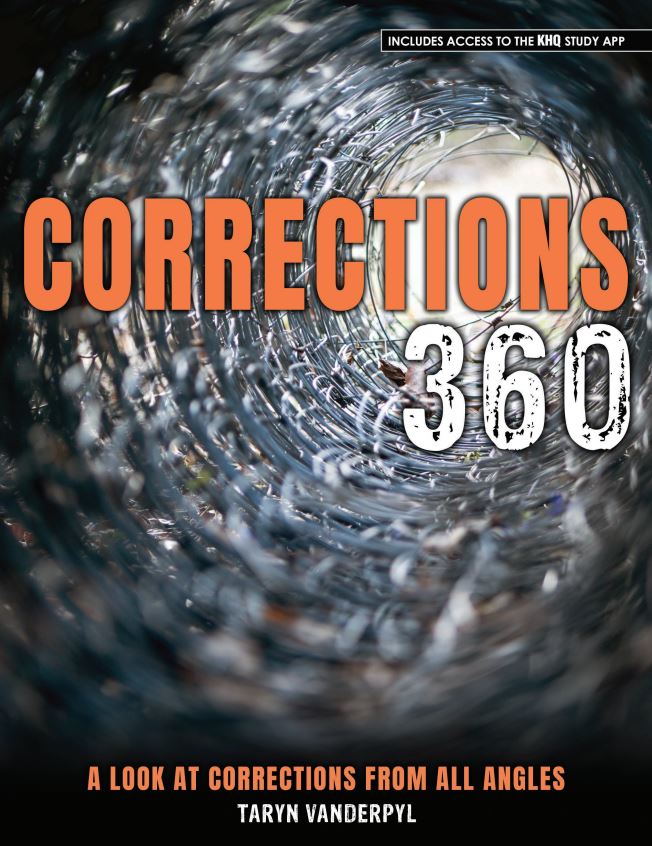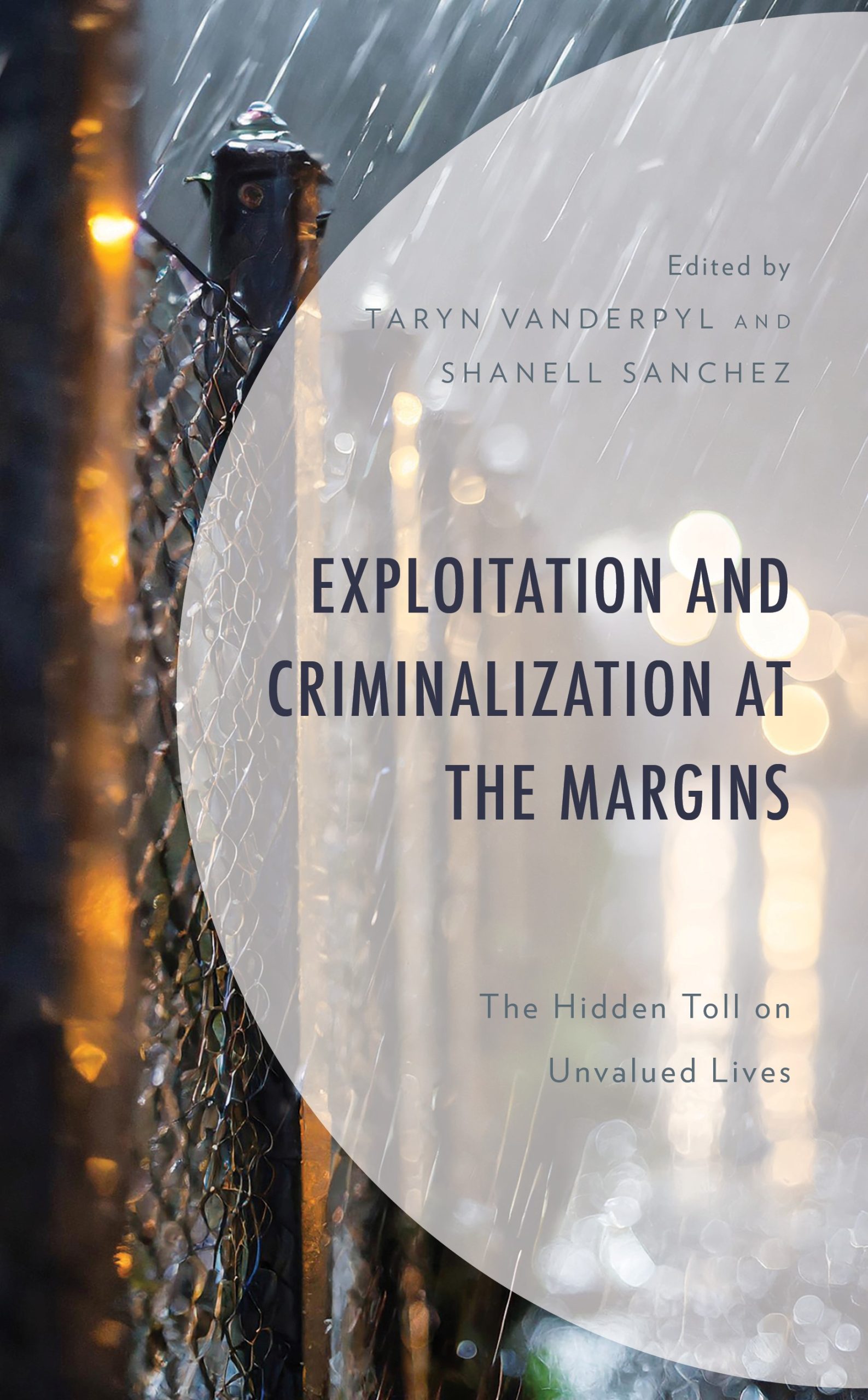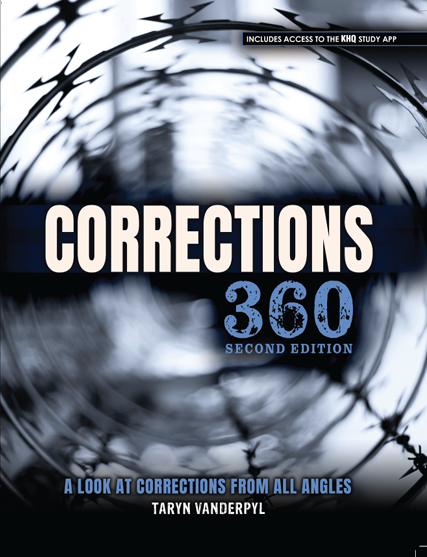My priority in publishing is to share the voices
of those who are more commonly silenced.
It is from those with lived experience we have
the most to learn.
Corrections 360: A Look at Corrections from all Angles provides students with an in-depth look at all aspects of corrections from the perspective of practitioners, prisoners, crime victims, and scholars. Every chapter includes personal stories and experiences directly from those most impacted by the justice system. Corrections 360 is a unique examination of all sides of this massive industry, with a deep analysis of each component, the challenges, the impact, and the potential. The contents of this textbook are based on contemporary research, evidence-based practices, and a critical look at the historical and current philosophies, theories and types of control and sentencing, jails, detention facilities, secure facility design, classifications, life inside prisons, specialized populations, prison programming, working in corrections, release and reentry, victim perspectives, international comparisons, and future trends.
Many biased choices go on every day by gatekeepers who control access to resources, safety, and often simple basic human rights. Through a dehumanizing process of devaluing and denying others, putting certain individuals in situations of heightened risk and stunted opportunity is justified. These are value of life decisions that are evident when the level of acceptable risk is different based on whom is in harm’s way and who is making the decisions, as well as differential determinations of who is worthy of what types of opportunities. A key thread that runs through all of these choices is someone in a position of authority who is tasked with making life-impacting decisions about someone they see as “less than” themselves. Factors of race/ethnicity, socio-economic status, gender, (dis)ability, immigration status, criminal background, and relative perceived importance all come into play regarding whose life is valuable and whose can be ignored. As with many social ills, the ripple effects are far-reaching. This edited collection reveals the value of life decisions impacting vulnerable and marginalized populations in the areas of policing, children in the criminal legal system, sex trafficking, intimate partner violence, immigration, racism, politics, prisons, drug abuse, and food apartheid.
The second edition of Corrections 360: A Look at Corrections from all Angles includes additional stories and case studies from women in prison, additional content on both reentry and international comparisons, as well as more supplemental materials for instructions (including more case studies, lesson plans, and sample syllabi).
The second edition will be published in the summer of 2024.
Print PAK ISBN: 979-8-3851-3210-2
eBook PAK: 979-8-3851-3214-0

Growing Up in Prison: Juvenile Life Without Parole
The ACLU reports that roughly 2,500 kids have been sentenced to juvenile life without the possibility of parole (JLWOP). These were kids considered “irreparably corrupt” and “permanently incorrigible” by the courts before their brains were finished developing. They were thrown away because the courts, society, the media, and their communities believed they were monsters.
A series of four landmark cases changed some harsh sentencing laws for children, but not before thousands of lives were irreparably harmed and permanently scarred. Growing up in Prison shares the stories of several of these individuals who went into prison as teenagers and came out decades later to a different world. Interviews are currently being conducted with multiple “juvenile lifers” who are now free. Their stories, through their own voices, are compared to the narratives put out in the media and courts portraying them as heartless monsters instead of wounded and troubled children.
Through the lived experiences of the ten people interviewed for this book, others will learn what juveniles experience when facing sentences they struggle to comprehend, what it is like to be a child growing up in adult prison, how aging and maturing are different for such youth, what it was like to face the idea of potential release, how they experienced the transition back to their community, and how they are adjusting to life on the outside now.
Coming soon…
(cover image is a place holder)




